Vietnam Airlines plans for stability
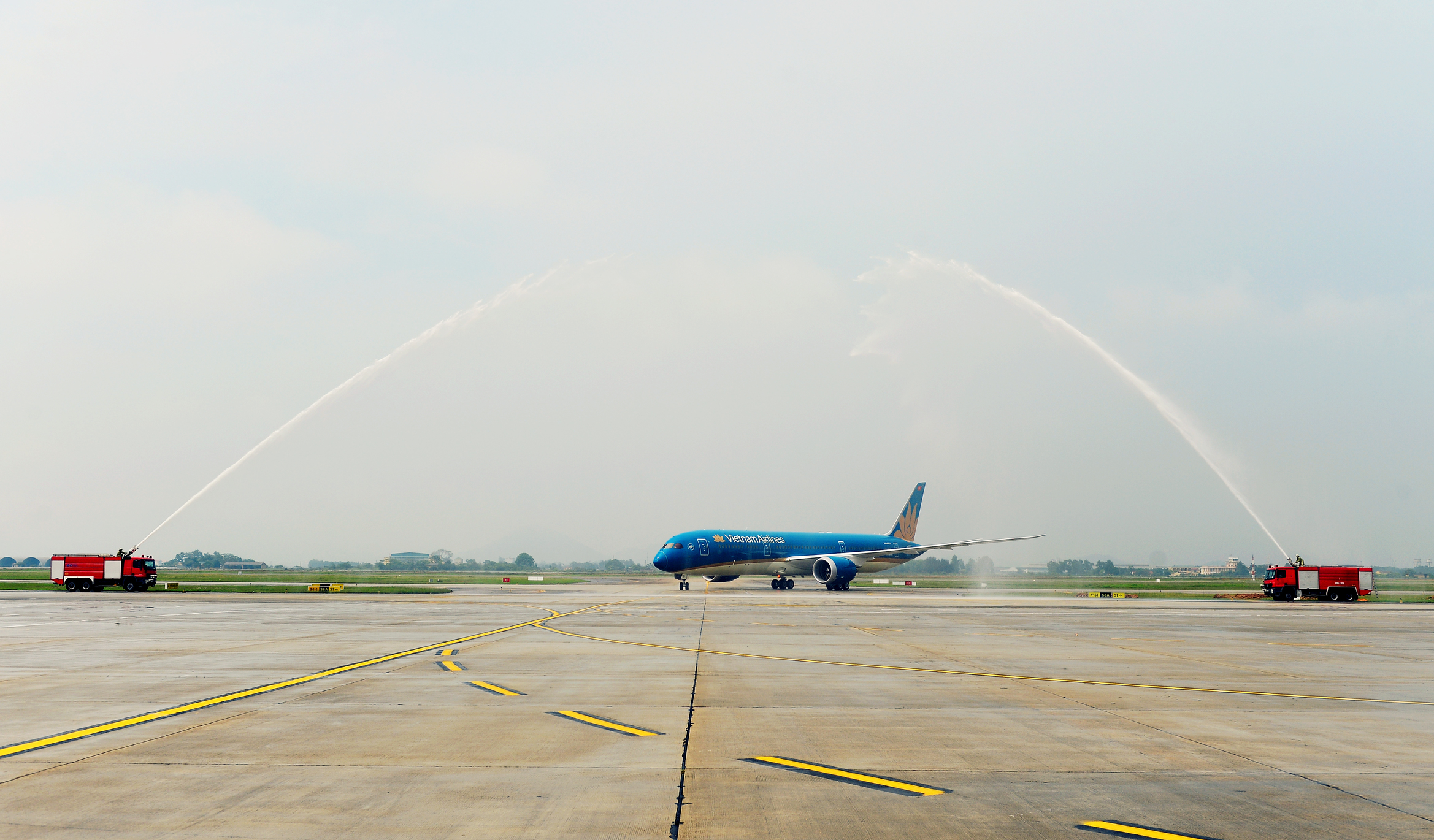 |
| Despite heavy competition, Vietnam Airlines is planning for stability and expansion |
Cautious plans for 2017
Vietnam Airlines’s 2017 business plan, which the company is putting up for approval at the annual shareholders’ meeting on June 20, is rather cautious.
Specifically, in 2017, the company targets a consolidated pre-tax profit of VND1.64 trillion ($72 million), equal to 63 per cent of the 2016 figure. The parent company targets a pre-tax profit of VND1.26 trillion ($55.31 million), equal to 73.4 per cent of last year’s performance.
The restrained targets were made as several factors that could greatly affect the profit of airlines in 2017 are difficult to guess and might very well move in unfavourable directions. Based on fuel price trends in the end of 2016 and beginning of 2017, Jet A1 may rise to $64 a barrel, up 16 per cent compared to the 2016 average $51.7 a barrel, resulting in a VND2.7 trillion ($118.5 million) increase in expenses.
Vietnam Airlines has calculated that each dollar change in fuel price would shift its operation expenses by VND220 billion ($9.7 million) a year.
Besides fuel, for an airline with many international flight routes, like Vietnam Airlines, the USD/VND exchange rate is also a big factor affecting profit. In 2017, the exchange rate is expected to be VND23,000-23,100 per dollar, which may raise the expenses of the airline by VND1.122 trillion ($49.3 million).
The competition in the Vietnamese air transport market is still very fierce. The total supply in 2017 is expected at 40.6 million seats, up 17 per cent on-year. Meanwhile, the demand is expected to increase by about 9.5 per cent, resulting in revenue per available seat-kilometre (RASK) for the whole market to decrease by 5 per cent on-year, equal to only 78 per cent that of 2015.
Still, profit, the only figure for which Vietnam Airlines is targeting a decrease, was still higher in 2016 than that of other legacy airlines of the same scale in the Asia-Pacific. This is going to add to Vietnam Airlines’ tradition of fast and stable growth in the volume of passengers and goods transported, even in difficult years.
For other figures concerning the core business of Vietnam Airlines, the company is targeting increases on all fronts. Consolidated revenue is targeted to hit VND87.9 trillion ($3.9 billion), up 22.7 per cent, while the total volume of passengers at 22.55 million, up 9.3 per cent, goods at 295,000 tonnes, up 8.5 per cent.
Good results for 2016
In 2016, Vietnam Airlines’ consolidated revenue was VND71.6 trillion ($3.14 billion), up 3.6 per cent on-year. Pre-tax profit grew remarkably, to VND2.6 trillion ($114.1 million), up 50 per cent on-year. This is the best result of the company in recent years. Most importantly, Vietnam Airlines is one of the few airlines in the region that made positive profit in its core business.
All profitability indexes of the company improved since last year. Specifically, the consolidated profit margin was 3 per cent, better than the 1.2 per cent in 2015, while that of the parent company was also 3 per cent, a significant improvement against the 0.5 per cent in 2015. Consolidated return on equity was almost 15 per cent, against the 7 per cent in 2015, while that of the parent company was 12 per cent, far higher than the 2.5 per cent in 2015.
Vietnam Airlines plans to use VND736.52 billion ($32.3 million) of the parent company’s profit in 2016 to pay dividends.
Vietnam Airlines’ managers said that the rate is appropriate for 2016 results and government regulations and leaves plenty for the operation of the company as well as takes into account the company’s ability to pay stable dividends in 2017 and the following years.
In the core business—air transport—besides ensuring the safety and security of all activities, Vietnam Airlines has put into operation a new fleet of Boeing 787 and Airbus A350 planes on long and major routes, improved service quality on all flights and has been officially recognised as a world-standard 4-star airline by Skytrax.
In 2016, the contract with the strategic investor was implemented with the joint-name cooperation and FFP on the routes between Vietnam and Japan and domestic flights in the two countries, using each other’s land services at base airports and the participation of an ANA Holdings representative in the Vietnam Airlines board of directors. These activities facilitated the development and improved the efficiency of Vietnam Airlines.
Besides, supporting services accounted for a small portion (2 per cent) of the revenue, but have become an important business line that allows the company to provide consistent and synchronised services, contributing to company operations.
With two brands, the company has provided a diverse range of products, resulting in a competitive advantage. Vietnam Airlines targets travellers with medium and high income, while Jetstar Pacific targets those travelling on a budget.
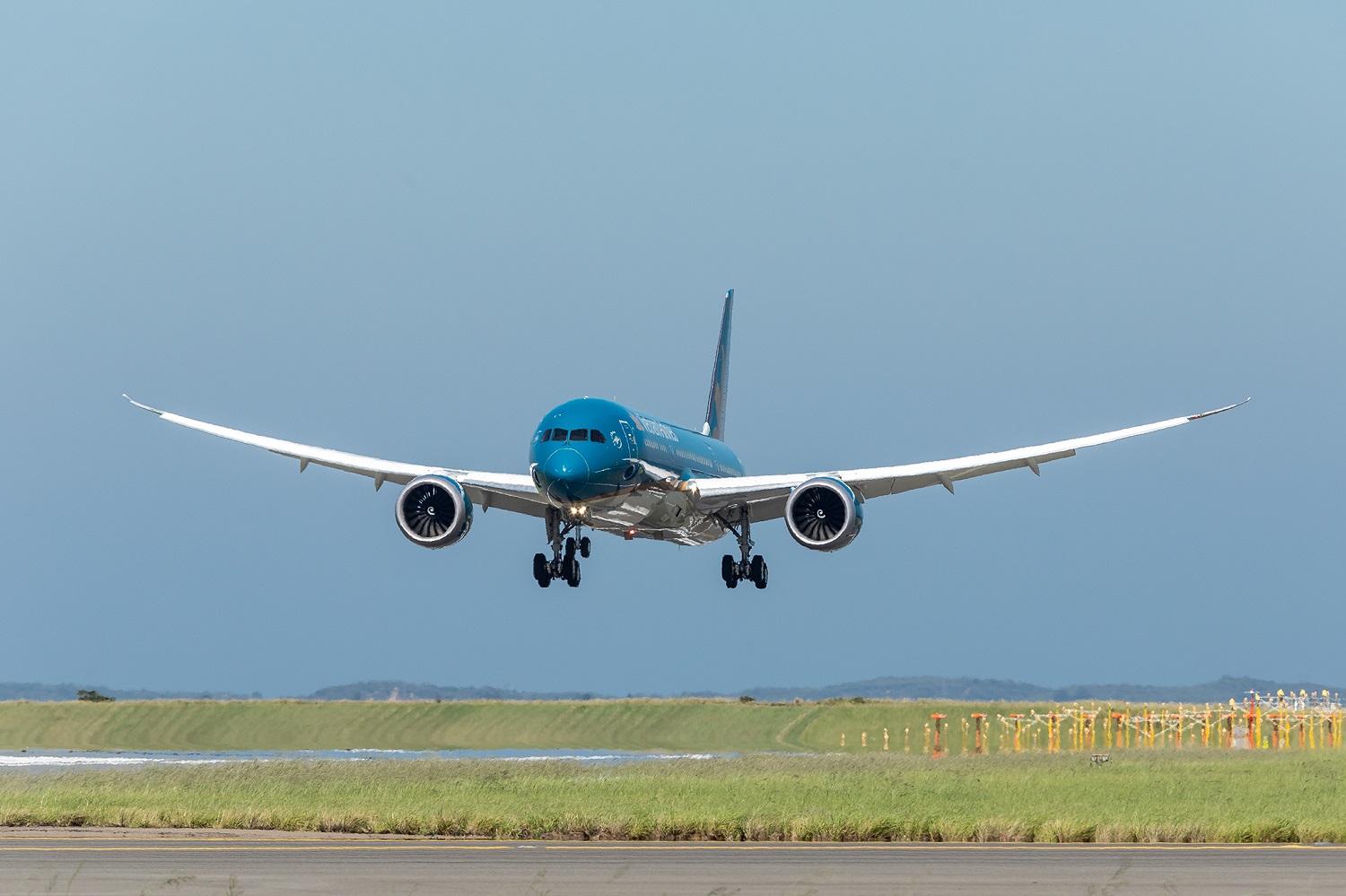 |
| Solid results in 2016 set the ground for further expansion |
Expansion plans
An important proposal the company is putting up for approval at the annual shareholders’ meeting is the plan to raise the chartered capital in 2017 in the form of selling shares to existing shareholders. This is the second capital raise since Vietnam Airlines started operating under the joint-stock company model.
Accordingly, the company plans to issue 191.1 million shares at the price of VND10,000 (44 US cent) to existing shareholders. Each shareholder will be eligible to obtain 15.5753 per cent of their current holdings and the minimum holding eligible is 100 shares.
In case this plan is approved, most of the proceeds from this sale is going to be used as reciprocal capital for plane purchase plans and as operating capital for the company.
According to the company proposal, the proceeds are going to be used as reciprocal capital to buy eight Boeing 787-9 and 10 Airbus 350 units in 2017-2019, as approved by the prime minister earlier. These contracts are valued at about $1.71 billion. In 2017, Vietnam Airlines is going to receive five planes, including one Boeing 787-9 and four Airbus A350, each with a value of about $160 million.
Experts assessed that existing shareholders will likely green-light the proposal. Currently, Vietnam Airlines stocks are very attractive thanks to the recent good business results of the company.
“Raising the chartered capital and shareholders’ equity is going to help the company improve its debt/equity ratio and helped the company increase its financial capacity in order to expand its market and improve the quality of services,” said chairman Pham Ngoc Minh.
| No. | Figure | 2014 | 2015 | 2016 |
| 1 | Total assets | 64,357 (2,820) | 83,538 (3,660) | 87,032 (3,800) |
| 2 | Owners’ equity | 10,026 (440) | 12,544 (550) | 16,301 (715) |
| 3 | Liabilities | 54,331 (2,380) | 70,993 (3,100) | 70,730 (3,100) |
| 4 | Revenue | 55,291 (2,420) | 56,653 (2,480) | 58,388 (2,560) |
| 5 | Cost | 55,107 (2,410) | 56,370 (2,470) | 56,777 (2,500) |
| 6 | Pre-tax profit | 171.7 (7.5) | 282.4 (12.4) | 1,710 (75) |
| Model | 2017 | 2018 | 2019 | TOTAL |
| Boeing 787-9 | 1 | 1 | ||
| Airbus 350 | 4 | 2 | 2 | 8 |
According to the approved airplane investment plan, the total shareholders’ equity needed for this purpose in the 2017-2020 period is $357.8 million.
| Vietnam Airlines may open direct flights to US next year
Civil Aviation Authority of Vietnam (CAAV) and national carrier Vietnam Airlines (VNA) are completing the necessary procedures to open a direct air route to the United States in 2018. |
| Vietnam Airlines completing petition for direct flight to US
Civil Aviation Authority of Vietnam (CAAV) and national carrier Vietnam Airlines (VNA) are completing the necessary procedures to open direct air routes to the United States in 2018. |
| Vietnam Airlines launches huge 2017 flight sale
Vietnam Airlines has announced the launch of their ‘Global Sale ‘, slashing the flight prices on popular destinations all over the world. |
What the stars mean:
★ Poor ★ ★ Promising ★★★ Good ★★★★ Very good ★★★★★ Exceptional
Latest News
More News
- Bank of China offers support for Vietnam to build international financial centres (March 21, 2025 | 14:23)
- Hungary to train 1,000 Vietnamese specialists for country's first nuclear plant (March 21, 2025 | 08:46)
- Securities firms raise capital in anticipation of market upgrade (March 20, 2025 | 13:35)
- Vietnam's F&B market undergoes transformation (March 18, 2025 | 14:38)
- Start date set for Binh Duong-Ho Chi Minh City metro construction (March 17, 2025 | 18:16)
- Ministry of Finance to encourage AI and semiconductor R&D (March 14, 2025 | 18:48)
- Trade minister speaks of harmonious trade relationship with the US (March 14, 2025 | 15:58)
- Vietnam’s ICT industry poised for strong growth (March 14, 2025 | 14:29)
- Singapore and Vietnam strengthen ties with new deal (March 14, 2025 | 14:24)
- Vietnam and EIB strengthen financial cooperation (March 13, 2025 | 18:38)




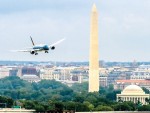
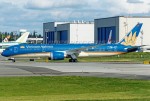






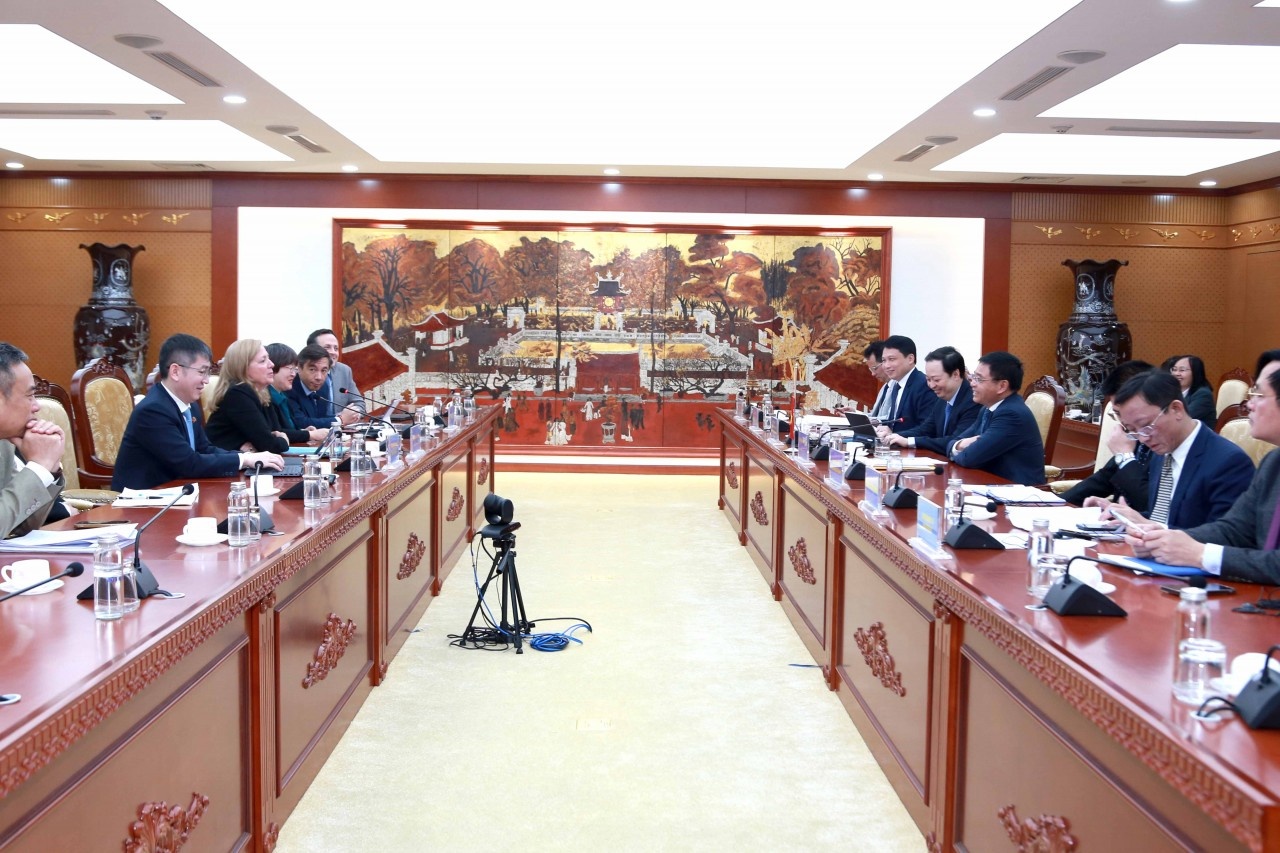




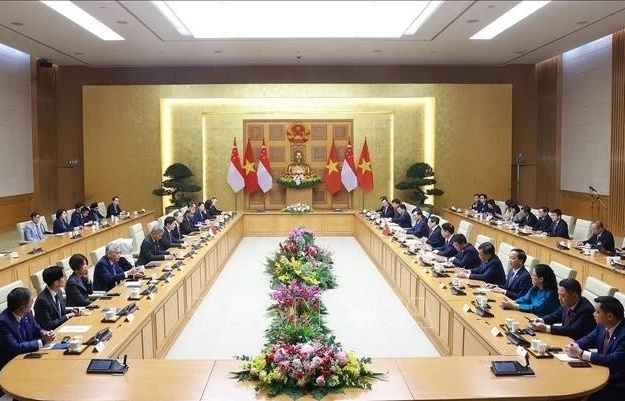





 Mobile Version
Mobile Version